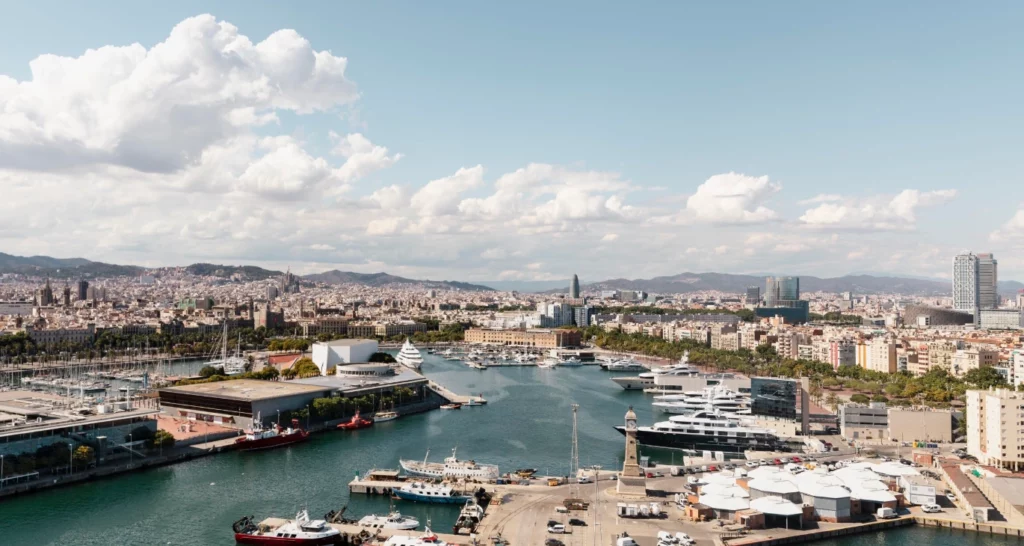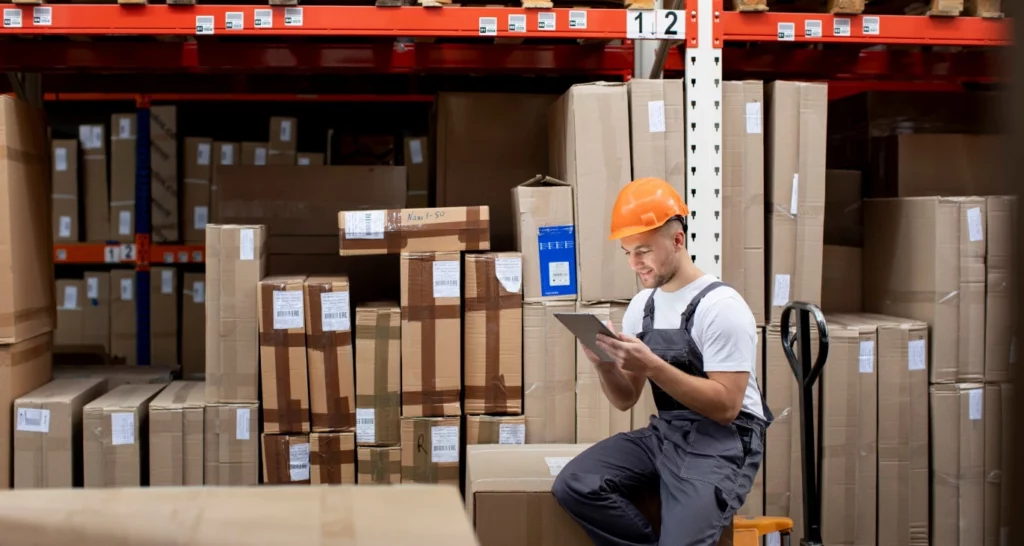Unlocking Trade Routes: A Guide to Sea Port Customs Procedures
Maritime trade plays a pivotal role in the UK economy, acting as a lifeline for numerous businesses engaged in import and export activities. Its significance is paramount, enabling seamless transactions and facilitating the smooth flow of goods across borders.
Table of Contents
ToggleWhat is Sea Port Customs Clearance?
Seaport customs clearance is the process of legally importing goods into a country. This entails submitting appropriate documentation to government authorities and paying relevant taxes, fees, and duties. It includes ensuring all requirements are met for the goods to enter the UK’s ports.

What Is Port Clearance For?
Once the world’s biggest maritime power, the United Kingdom’s ports were key to its trade dominance. Today, port clearance procedures remain critical for the UK’s economy and security. They act as a checkpoint to guarantee that all ships following international laws and regulations are properly registered, crewed, and loaded with suitable cargo.
How Long Does It Take for Customs Clearance to Clear?
The time needed for port clearance varies based on cargo type and paperwork complexity. Clearance duration ranges from hours to days. Sometimes, additional documents are necessary for the process. Requirements depend on the origin/destination country and cargo type.
What is the Customs Clearance Process?
The port clearance process initiates upon the ship’s arrival at the port carrying the goods. The vessel’s captain must then submit a manifest to customs officials, detailing the transported cargo’s origin, destination, and nature. Subsequently, a customs officer reviews the submitted documentation, ensuring its completeness and accuracy, before granting clearance for the shipment. Additionally, the customs officer might inspect the cargo to ensure compliance with regulations. Once the customs officer is content, the cargo obtains clearance and can proceed to its intended destination.
How Do I Clear Customs At Port?
If you want to clear custom yourself at port, you must first secure a customs clearance document. This document is specific to the type of goods being transported and must be obtained from the customs office in the country of origin or destination. Once this has been secured, it must be presented to the customs officer upon arrival at port. The officer will then inspect the cargo and paperwork before providing final clearance for transportation. This process is tricky and time taking, so it is often best to work with a professional custom broker who has experience in customs clearance. For that service, GR Freight Services provides top-notch assistance on customs clearance of port whenever you need.

What Is Port Clearance Fee?
Port clearance fee refers to the cost of clearing goods through customs. This fee varies based on the nature of goods and the country of origin or destination. Calculating the total cost of import/export should include this fee to avoid excessive costs. Companies may qualify for a waiver of the port clearance fee under specific criteria.
Final Verdict:
Sea port customs clearance plays a pivotal role in facilitating seamless maritime trade transactions. To ensure the lawful and hassle-free movement of goods in and out of a country, a thorough understanding of the associated regulations and requisites is imperative. Collaborating with a reputable broker, such as GR Freight Services, can substantially streamline this procedure, mitigating potential delays and fostering operational fluidity for businesses engaged in maritime trade.
Recent Blog
-
Understanding Commodity Codes for Trading Success: A Comprehensive Guide
-
The Definitive Guide to Incoterms for Global Trading Partners
-
The Importance of Harmonized System (HS) Codes in Global Trade
-
Ultimate Guide: Import Mangoes to UK from Pakistan | Mango Import Process Explained
-
Fast Customs Clearance Services at Harwich Port – Get Cleared Today!
